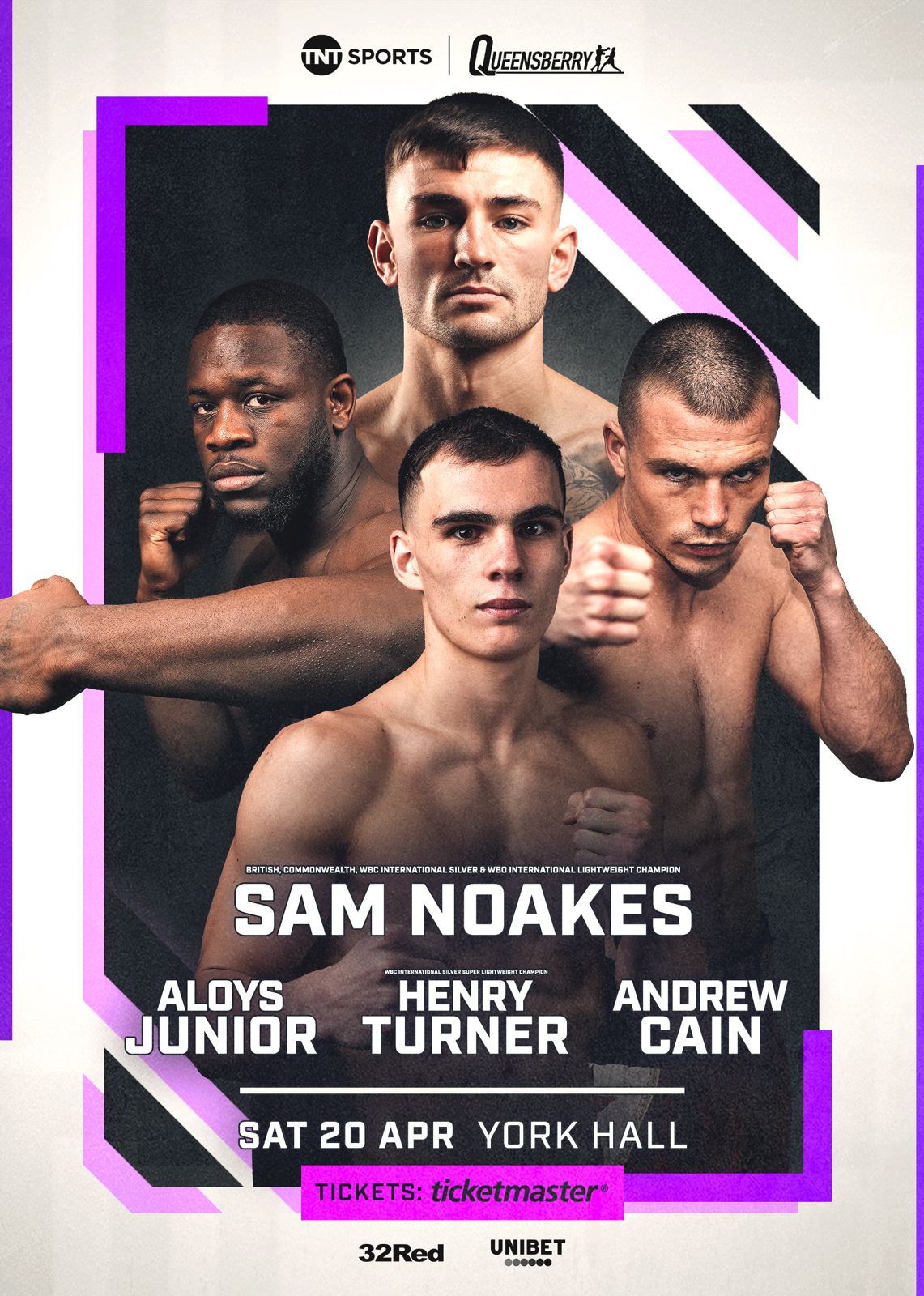How a third spoonful of Sugar made boxing sweeter
HUBBARD’S CUPBOARD – 9.1.16
By Alan Hubbard
Think of Sugar Ray and the names Robinson and Leonard spring immediately to mind. But boxing was served a third spoonful of Sugar, one which may not have stirred the brew quite as passionately as his more illustrious namesakes but nonetheless has been on the brink of greatness.
Sugar Ray Seales was America’s only gold medallist in the Munich Olympics of 1972 and later emerged as a pro middleweight contender in that decade.
Seales was born in the U.S Virgin Islands in 1952, and as a teenager moved to Tacoma, Washington. He began boxing aged 12 under the tuition of his father, who boxed in the Army. His was a talented family of fighters.
His brother Wilbur Seales and half-brother Dale Grant also fought professionally.
But Ray was the outstanding member of the tribe, a winner of multiple Golden Gloves, then winning his Olympic a gold in the 139lb division.
In all, Seales’ amateur record was 338-12 with 200 knockouts. After his Olympic triumph, which like so much else in those tragic Games, was overshadowed by the Black September massacre of 11 Israelis, Seales seemed set for pro stardom but, alas, it did not quite work out.
A rangy, 6ft 1in southpaw he could box and punch and possessed speed and power. But it wasn’t quite enough.
But Seales was not fast-tracked in the same way as one of his successors at the next Olympics in Montreal, the more charismatic Sugar Ray Leonard, light-welterweight champion in a Games in which the re-constituted US team this time scooped five boxing gold medals.
He mainly fought locally around Washington against obscure talent with little national publicity.
In his two most memorable fights, he lost a narrow decision to future middleweight champion Marvelous Marvin Hagler, then drew with Hagler in a rematch three months later.
After losing on fifth round stoppage to Britain’s European and future world champion Alan Minter at London’s Royal Albert Hall in December 1976, Seales’ lingering title hopes were finally ko’d in a third meeting with Hagler.
He later suffered detached retinas in both eyes, yet kept fighting until told by boxing authorities he could no longer do so.. He was subsequently declared legally blind, a situation which led to calls for boxing be banned in the US.
After paying for seven different eye operations, he was left penniless and over $100,000 in debt.
Moreover, the operations weren’t successful. He walked with a blind man’s cane and constantly ran into things.
Seales never made more than $40,000 in any one fight (his was paid only $4,000 in his first fight), in contrast other Olympic champions such as Sugar Ray Leonard, who earned millions.
Years later, after a further eye operation paid for by sympathetic entertainer Sammy Davis jnr, Seales regained the vision in his right eye. He later worked as a schoolteacher of autistic students in Tacoma for 17 years before retiring and moving to Indianapolis with his wife, where he currently resides and, at 64, currently coaches young amateurs.
Unfortunately talented as Seales was, he could never overcome the top-class middleweights such as Hagler, Minter or Ayub Kalule, though he compiled a decent enough record of 58 wins (34 by ko), eight losses and three draws.
Boxing’s third Sugar Ray came to mind as we learned of the death of another great American Olympic champion, Howard Davis jnr.
Davis never smoked or drank alcohol, yet he passed away on December 30 from lung cancer that had metastasized to his liver.
As with Seales four years earlier I saw lightweight Davis become one of the five Americans, alongside Leonard, Leo Randolph and Michael and Leon Spinks to strike gold in Montreal, where he was awarded the Val Barker Tropy as the best boxer of those Games.
New Yorker Davis, one of ten children, was a supremely gifted razzle-dazzle fighter, perhaps the finest American boxer ever to win an Olympic title and one of the best-ever globally, ranking alongside the likes of triple gold medallist heavyweight Teofilo Stevenson and his lightweight Cuban compatriot Mario Kindelan, and the fabulous Hungarian Laszlo Papp, also a three-times gold medal winner.
Yet like Seales he never won a world professional title, remaining a contender throughout his 36-6-1-fight career.
In only his 14th pro fight, Davis lost a close decision to WBC lightweight champion Jim Watt in the Scotsman’s home city of Glasgow. After recovering from this setback, but was to drop a controversial split decision 13 winning fights later to Edwin Rosario in his second bid for world honours.
After dominating the last round, Davis suffered a knockdown in the final seconds, which tilted the one even scorecard heading into the last round in Rosario’s favour. Many felt Davis deserved to win, just as they had done when Seales battled his famous draw with Hagler.
In a year when thoughts turn to the Olympics again, it is worth recalling these two gentlemen gems of the amateur ring who both touched glory in the Games but never quite made it to the pinnacle of the professionmal podium.
Tomorrow Alan Hubbard’s Punchlines asks: Does Creed live up to its Rocky reputation?





